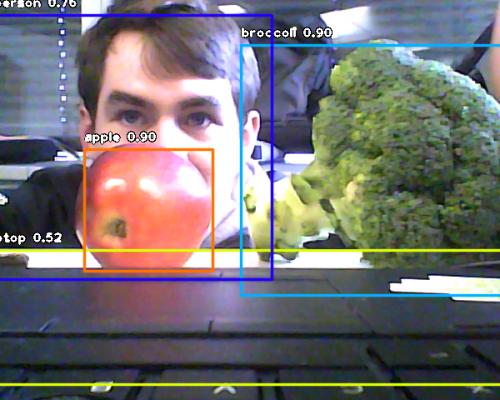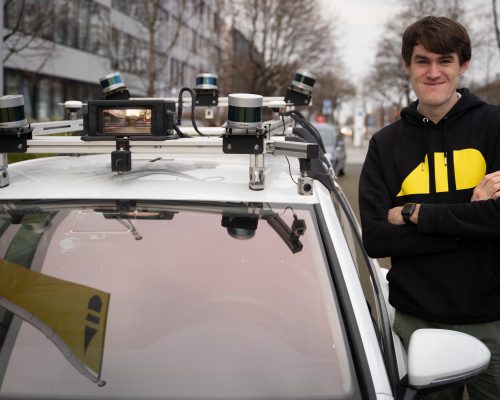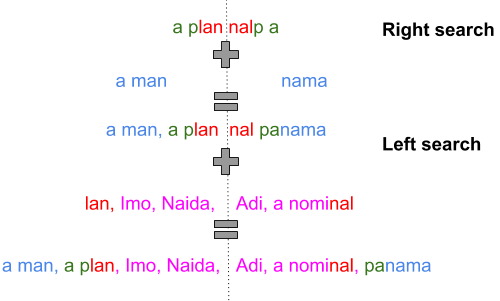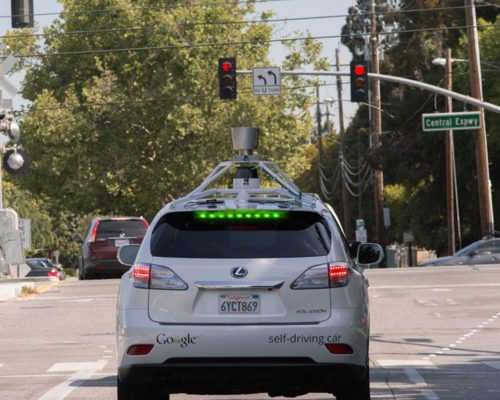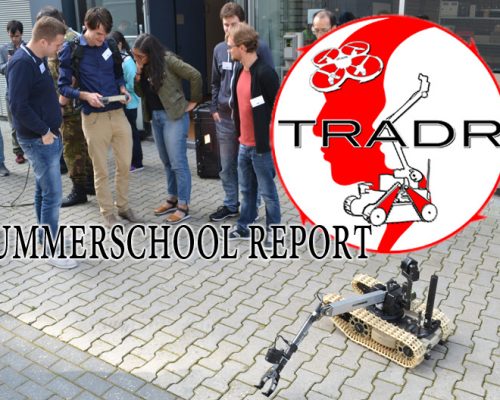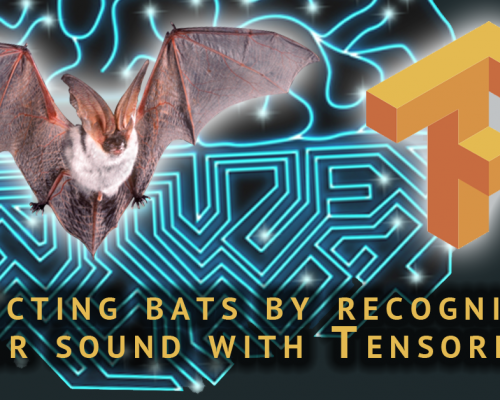“The more you buy, the more you save”. These are words NVIDIAs CEO Jensen Huang always utters at NVIDIAs GTC conference series. What he refers to is that in machine learning there are often many hyperparameters to optimize. Although a skilled machine learning engineer is able to select reasonable ones, there is often a lot of performance you can reach…
Showing kids what neural networks can detect
Last week the company I work for, Autonomous Intelligent Driving, held an open day for children. I showed the kids an object detector to teach kids what Artificial Intelligence can detect. The setup I used was overall quite easy. I used OpenCV to interface with the webcam, and a Python library called ImageAI(https://github.com/OlafenwaMoses/ImageAI) for the wrapping of the object detection…
Lessons Learned During a Year at a Self-Driving Car Company
In January I have been a machine learning engineer at Autonomous Intelligent Driving (AID) for exactly a year! To summarize for myself what I learned, and to inspire others, I decided to write a short blog post about it. Are you interested in joining us? Click here to apply! First of all, it might make sense to describe what I…
I created the InfoQ Alexa skill
A while ago I started exploring the current state of voice interfaces and smart home technology. One particular interesting smart home application is Amazon’s Alexa. It’s a device with a speaker which can answer questions, turn lights on/off, and can give you a so-called flash briefing. You can develop Alexa skills yourself, and publish them in Amazon’s store. Skills are…
World’s longest palindrome?
In honor of the 20th of February, 2002, a palindromic date, Peter Norvig designed his worlds longest unique palindromic sentence of 21,012 words. With a new palindromic date approaching on August 10, 2018 (8102018), I wanted to take some time to see if I could put my own spin on a palindrome world record. While Norvig focused on making his…
Painting by Prime Number
Two weeks ago I stumbled upon the concept of prime portraits. In short, prime portraits are pictures in which each color is assigned a number. When we align every pixel, the result should be a prime number. Because I could not find the code used in the article, I decided to recreate these prime portraits in Python – in color!…
Managing our budget with Excel and machine learning
A little over a year ago my girlfriend Lisette and I moved in together. A big part of living together was getting used to managing a budget, and knowing where our money went. Lisette made one of the coolest Excel spreadsheets I ever saw, the only thing we needed to do was… actually fill in what expense belongs to what…
Autonomous vehicles will lead others through congested cities
This weekend we got the second place in the Hack the Road Hackathon with our idea to let connected vehicles lead other vehicles through a “green wave”. As there will be a long period in which smart vehicles and “dumb” vehicles drive through the same streets, building this system would reduce a lot of traffic problems in the city without…
TRADR SIKS summerschool 2017
A few weeks ago I gave an introductory course to reinforcement learning with the OpenAI Gym environment. As content, I used the writeups I already put on my site several weeks ago. I asked Jasper van der Waa (TNO), who co-organized it, to write a short summary of the summer school. For some years now it is quite clear that…
Detecting bats by recognising their sound with Tensorflow
Last week I discovered that there are bats behind my appartment. I immediately grabbed my “bat detector”: a device that converts the ultrasound signals bats use to echolocate from an inaudible frequency range to an audible one. The name “bat detector” thus is a lie: you can use it to detect bats, but it does not detect bats itself. In…

